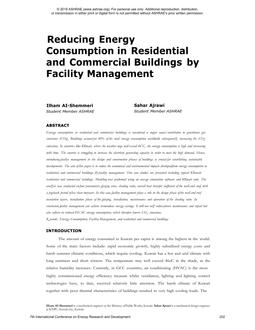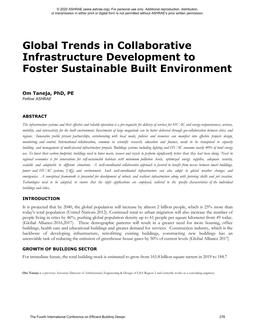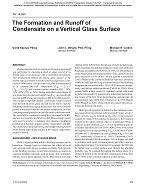Click here to purchase
Advanced control strategies for smart windows (SW) are discussed in this paper. Since smart windows are used both to reduce energy consumption and to improve thermal and visual comfort, the optimal solar flux passing throught the window is the result of a complex trade-off between daylighting and heat flow balance. A typical office building zone is modeled in TRNSYS with an integrated electrochromic smart window. Two types of advanced SW controllers, i.e. (i) a genetic algorithm based controller and (ii) a model predictive control based controller, are studied and compared to a base case scenario. The advanced controllers evaluate the hour-by-hour state of the smart window required to minimize the overall energy consumption (heating, cooling, lighting) while respecting constraints related to thermal and visual comfort. Results have shown that the two controllers, while presenting different control strategies, offer very similar and promising results in terms of energy savings and peak load reductions. Finally, opportunities resulting from the present work are discussed.
Citation: 2016 Winter Conference, Orlando, FL, Conference Papers
Product Details
- Published:
- 2016
- Number of Pages:
- 8
- Units of Measure:
- Dual
- File Size:
- 1 file , 710 KB
- Product Code(s):
- D-OR-16-C077


